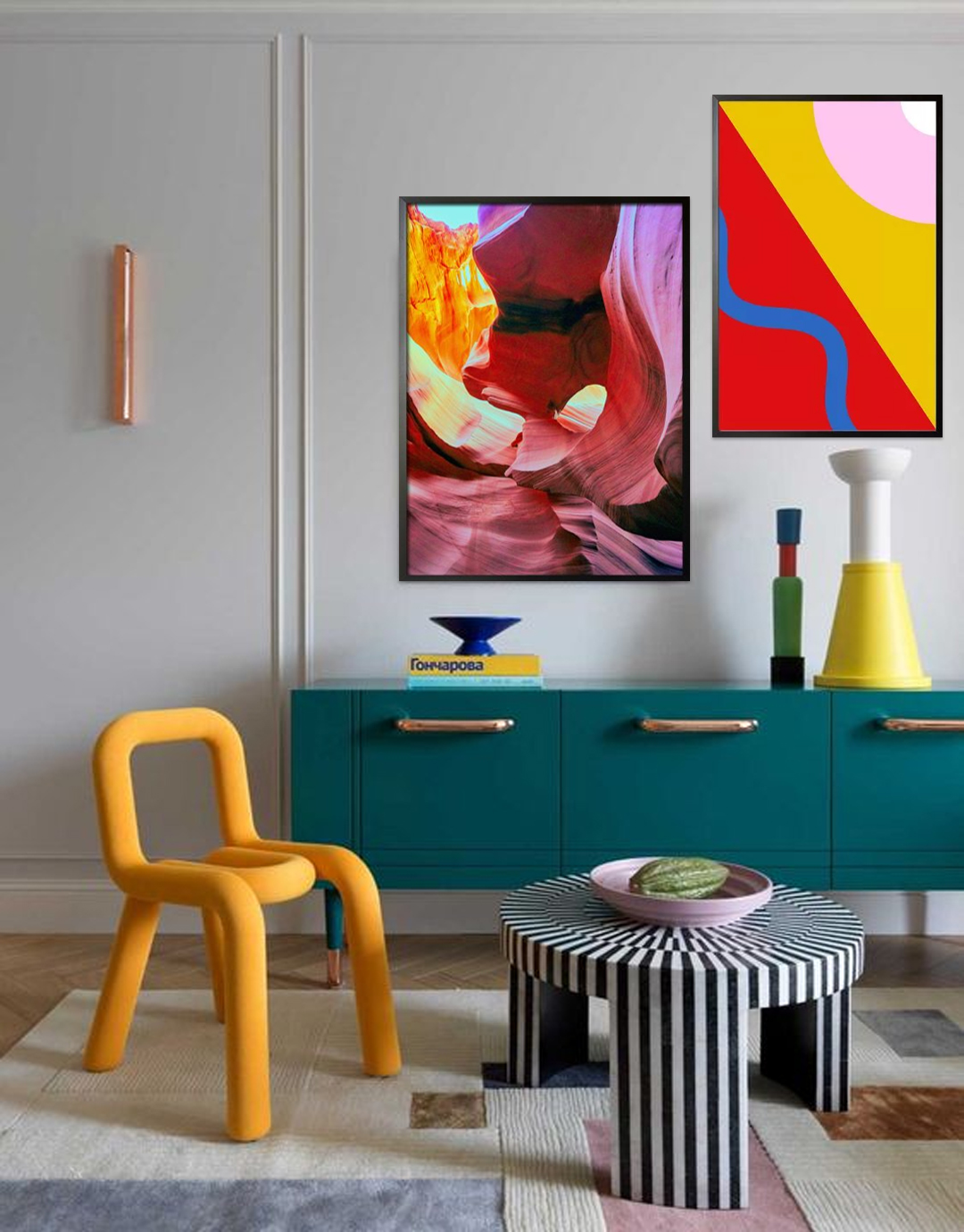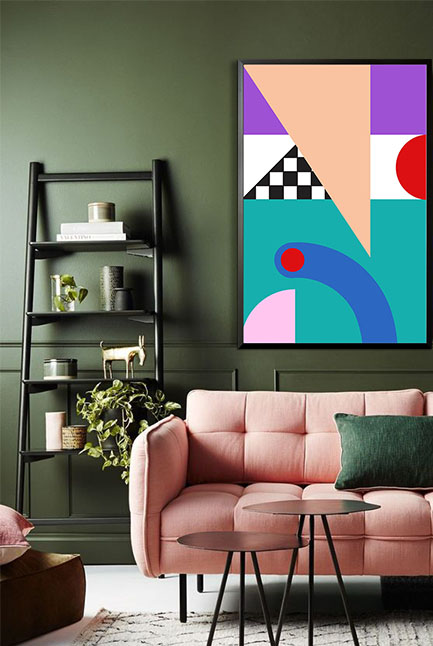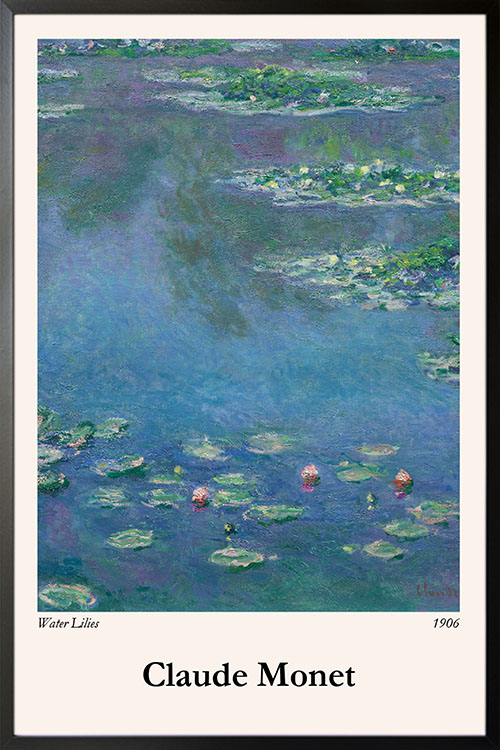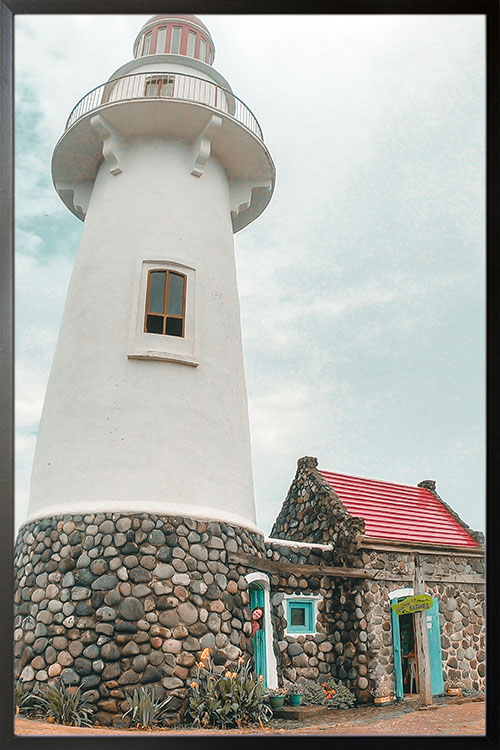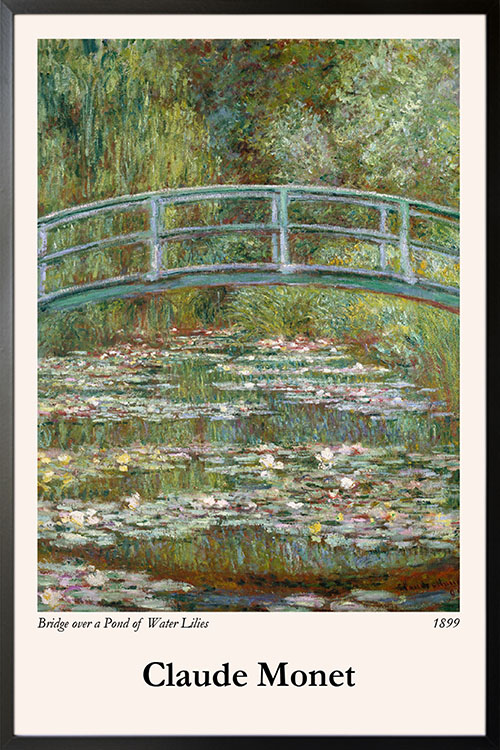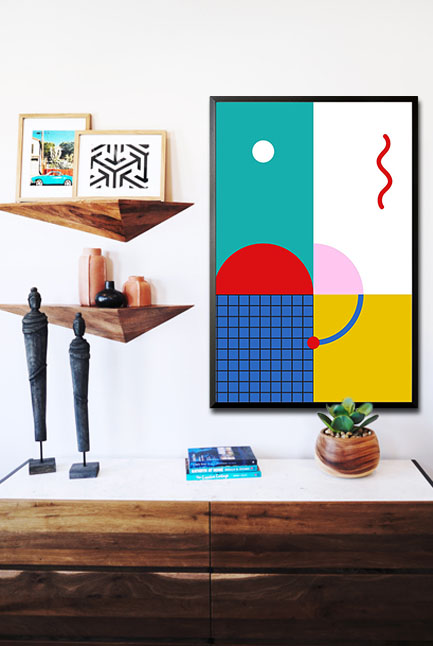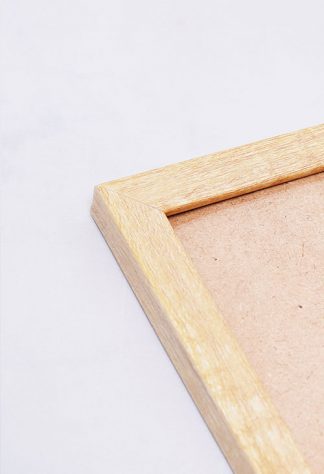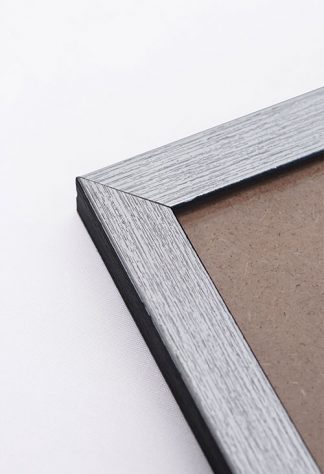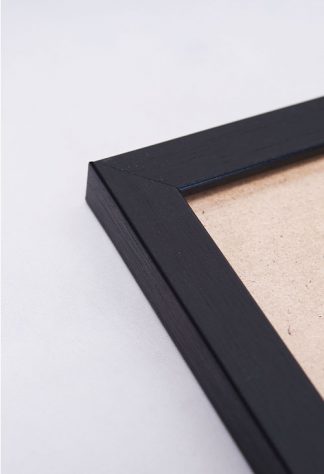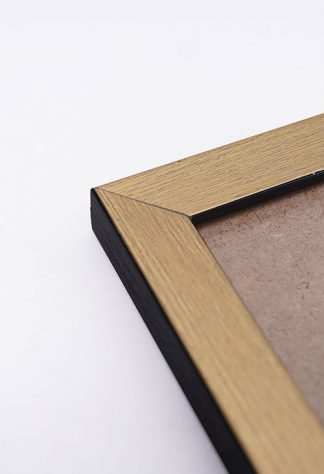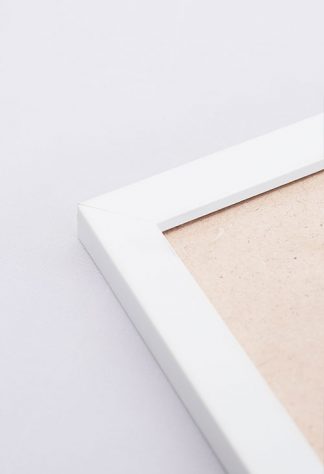During our teenage years, we have loved decorating our rooms with posters. Whether they are the posters of your favorite band or most-loved films, posters have transformed how our rooms appear. Posters are for everyone, regardless of your age or status. Decorating with posters is a wonderful way to display any artwork on your walls without paying a large amount of cash. When displayed properly, they can make any simple-looking wall into something remarkable.
Motivate yourself with a poster on your workstation
Work for home is one of the trends these days. Display motivational prints to inspire yourself to be productive. Not only that the poster will look great on your desk, but it can be a wonderful reminder for your to accomplish your goal.
Create a focal point
Your poster can be the statement of your room as long as they are displayed properly. Choose a large poster for a more impressive look on your wall. This can already be the focal point as long as the other decorative items are simple and muted.
Movie posters
Still not decided what poster design to add to the walls of your entertainment room? Make it look and feel like a real movie theater with posters of your favorite movies. Look for posters of the same size and arrange them in a layout of your choice. These posters can create interesting wall art and can likewise be a cool topic when your friends visit you.
Frame your prints
Want to make your posters look elegant? Add a frame as this can transform the appearance of your poster. There are different frames available and you can go with black or white-colored frames.
Collage them
If you are looking for a fun and exciting way to boost your wall appearance, then create a poster collage. Simply collect all the posters that you love and arrange them in a layout that will cover a part of your wall or even the entire wall.
Be creative in displaying your prints
There are many ways to display posters aside from using frames or just by sticking them on the walls. Be creative and use different materials such as wooden hangers. These hangers make the posters look more polished and easy to hang.
Create an Eclectic wall gallery
Since there are different sizes of posters, they are great for making a wall gallery. You can start with your favorite poster design and then layer in more posters with similar colors but different sizes.
Minimalist look
The trend these days is to go minimal. This interior design style evokes a comfortable and cozy feel. You can still decorate the walls with posters and still evoke the simplicity you love.
Give your home a touch of nature
Bring the outdoor in with nature-themed posters. Time to bring green into your home even if you do not have indoor plants. Nature-themed prints will easily add a touch of nature and will help create a cool and refreshing vibe.
Final Thoughts
Decorating with posters is simply amazing. There is no question about what they can do to your walls. There are tons of designs and themes to choose from and they can easily make your wall look appealing and interesting.
